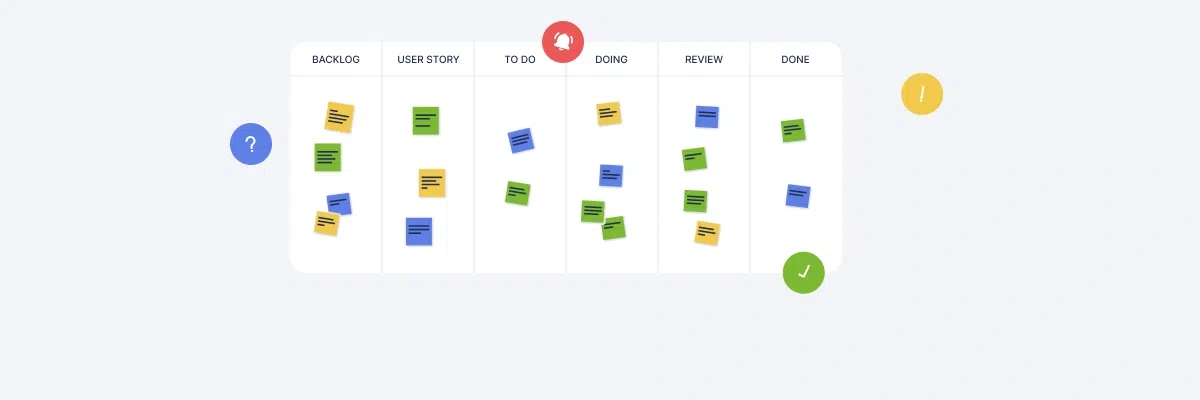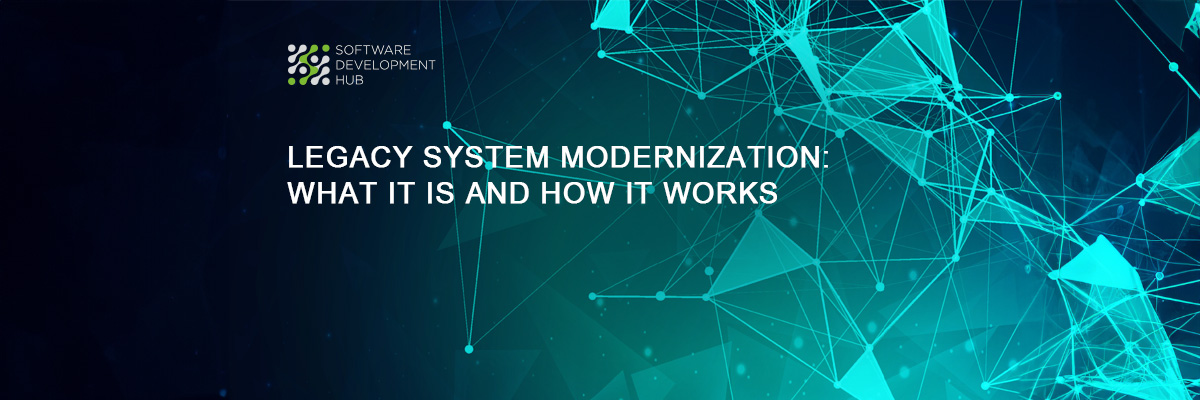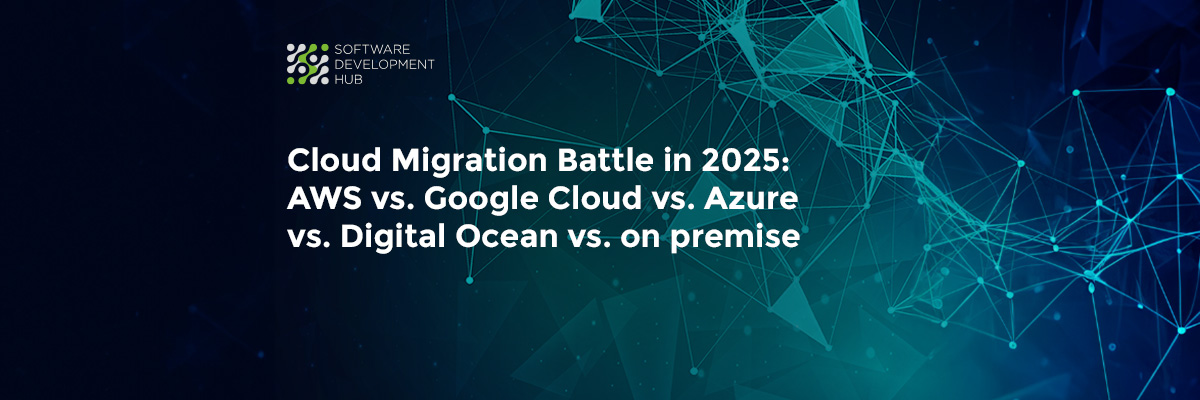Backlogs in Achieving Development Goals: from Product Vision to Release
In project management and software development, the term "backlog" refers to a list of tasks, features, or issues that have been prioritized for future execution. In essence, it consists of a collection of work that still needs to be finished.
According to BABOK, “the backlog is used to record, track, and prioritize remaining work items”.Even though a backlog of incomplete work might seem overwhelming to some, it can also be considered as a fantastic opportunity. A backlog serves as a roadmap for development, a source of inspiration for teams to strive toward their objectives, and a vision for what can be accomplished.
A backlog is essentially a live document that changes as a project or product does. It offers an organized method for handling work, enabling teams to prioritize and pay attention to the most crucial tasks first. Additionally, it makes it easier for team members to communicate with stakeholders, ensuring that everyone is on the same page and working toward the same objectives.
Backlog Types
Three different backlog types are used in Scrum:
- Product Backlog. The Product Owner keeps track of this backlog, which is complete with all the product's requirements. It is a collection of user stories, features, and other product-related things in order of priority. Throughout the project, the product backlog is continuously updated and improved.
- Sprint Backlog. The items that the development team will work on during the forthcoming sprint are listed in the sprint backlog, which is produced during the sprint planning meeting. The development team is in charge of the Sprint Backlog, which is a part of the Product Backlog.
- Release Backlog. This backlog is used to monitor the project's advancement towards a release. It lists the tasks that must be finished before a release may be issued. The Product Owner is responsible for and controls the Release Backlog, which is based on the Product Backlog. It is employed to update stakeholders on the release's progress.

According to Figure,
Purpose. It describes the role or goal of each backlog. The sprint backlog is used to list the features to be provided in the current sprint, the release backlog is used to list the features to be delivered in the forthcoming release, and the product backlog is used to describe the product vision and features. Each backlog has a distinct function that corresponds to a different period and amount of detail.
Timeframe. It details the length of each backlog in terms of time. The release backlog is a mid-term plan that spans a few months and focuses on delivering specific features, whereas the product backlog is a long-term plan that encompasses the full product development cycle. The sprint backlog is a one- or two-week-long schedule that is used to monitor progress and change priorities as necessary.
Focus. The amount of detail or focus of each backlog is indicated. The release backlog is a thorough plan that details the exact features to be provided in the future release, whereas the product backlog is a high-level plan that explains the general vision and important features of the product. The most intricate plan emphasizes certain tasks and priorities for the current sprint in the sprint backlog.
Owner. It identifies the individual or organization in charge of each backlog's ownership. The product owner is responsible for the release backlog, whereas the product owner and development team share ownership of the product backlog. Development team members are responsible for the sprint backlog.
Created by. It identifies the person or team behind each backlog. The product owner creates the product backlog, the product owner and development team construct the release backlog, and the development team creates the sprint backlog at the sprint planning meeting.
Updated by. It identifies the individual in charge of updating each backlog. The product owner, stakeholders, and development team are responsible for updating the backlogs for the product, release, and sprint iterations, respectively. The scrum master is also responsible for updating the sprint backlog.
Read also: Rules for Organizing the Development Process for IT Projects: Branches & Commits
Product Backlog
The product backlog, which serves as a representation of the work that has to be done by the development team in the Scrum framework, is a prioritized list of features, functionalities, requirements, and upgrades. The product owner, who is in charge of keeping the backlog current to represent the changing demands of the product and its stakeholders, is accountable for maintaining the backlog.
The product backlog is an ongoing work in progress that is frequently updated and improved. The most significant things are normally at the head of the list and are arranged in order of importance. The product owner is in charge of making sure that the backlog appropriately reflects the needs and priorities of the product and its stakeholders and that it is visible, clear, and understood by the development team.
User stories or other similar formats that explain the intended functionality from the viewpoint of the user or client are frequently used to convey the items in the product backlog. The development team can grasp what needs to be done and estimate how much work will be needed for each item despite the fact that these things are often brief.
Typically, a Scrum backlog consists of the following categories of items:
- Features
- Bugs
- Technical work
- Acquiring knowledge
The development team and the product owner choose the items from the product backlog that they will commit to finishing during the following sprint during the sprint planning meeting. The team prioritizes the backlog items as the sprint moves along, coordinating as appropriate with the product owner and other stakeholders to make sure that the work being done is in line with the product's vision and objectives.
Sprint Backlog
In Agile methodology, a sprint backlog is a list of tasks that a development team must achieve during a sprint. The team has agreed to produce a certain set of items from the product backlog by the conclusion of the sprint.
The tasks, user stories, and defects that are chosen for the sprint at the sprint planning meeting are included in the sprint backlog. The backlog's items have to be well defined, accurately assessed, and given top priority. The backlog items should be well-understood by the team members so that they are aware of what must be done to accomplish them.
The team members work on backlog items during the sprint, update the items' statuses, and give updates on their progress at the daily stand-up meeting. The sprint backlog is a live document that may be updated as needed throughout the sprint if new information or changes are discovered.
The team should have produced a functional product increment at the conclusion of the sprint in addition to finishing all backlog items committed for that time period. The purpose of the sprint review meeting is to show stakeholders the finished product and get their comments.
Release Backlog
A prioritized list of features, bug fixes, and other work that must be finished before a software release is known as a release backlog. It is a portion of the product backlog that only contains items deemed essential for the impending release.
The development team's activities throughout the sprint are often guided by the release backlog, which is typically produced during the sprint planning phase. Usually, the items in the release backlog are divided into smaller, easier-to-manage projects that can be finished in a sprint.
The release backlog is a crucial tool for controlling the software development process and making sure that the stakeholders' expectations are met as well as that the program is delivered on schedule. The development team may concentrate their efforts on providing the most value to the end users by giving the most crucial features and tasks the highest priority.
The release backlog is regularly revised throughout the sprint in response to shifting priorities, stakeholder comments, and newly discovered details. All of the tasks on the release backlog should be finished by the conclusion of the sprint, and the software or feature should be prepared for release.
Other Types of Backlogs
Bug Backlog
A list of bugs or issues that have been found in a software system but have not yet been resolved is known as a bug backlog. In essence, it is a list of tasks for the development team to do.
In order to make sure that bugs are not missed and are fixed on time, managing a bug backlog is a crucial part of software development. Each bug's severity, impact on the system, procedures to recreate it, and any pertinent comments or attachments are normally included in the backlog.
Prioritizing problems according to their severity and influence on the system is crucial for good bug backlog management, as is routinely reviewing and updating the backlog. This helps to make sure that the most important bugs are fixed first and that the backlog is current.
Technical Backlog
A software development project's technical backlog, sometimes referred to as its technical debt backlog, is a prioritized list of technical tasks or problems that need to be resolved. Technical backlog items might include things like code reworking, system upgrades, bug repairs, and security updates. They usually have to do with the underlying architecture, infrastructure, or code quality of a software product.
Technical debt is the term used to describe the ongoing costs associated with maintaining the codebase of a software product as well as the time and effort needed to resolve problems brought on by subpar code quality or technical choices made earlier in the development cycle. Development teams may decrease technical debt and raise the overall quality and maintainability of their software product by prioritizing technical backlog items and methodically addressing them.
Improvement Backlog
A list of prospective additions or improvements to a product or process that have been recognized by a team or organization but have not yet been given a priority for execution is known as an improvement backlog. This backlog is frequently used in agile development approaches, like Scrum, to control the continual process of enhancing a product or procedure over time.
An improvement backlog may contain suggestions for brand-new features, additions to already-existing features, bug patches, performance upgrades, user experience upgrades, and other adjustments that might help the product or procedure in some manner. Every item in the backlog is usually sufficiently specified to allow the team to calculate the work needed to execute it and determine its possible effects on the final product or process.
Backlog vs Roadmap

Specifically in the context of Agile development, the terms "backlog" and "roadmap" frequently appear in project management. Although both are crucial planning tools, their roles within the software development process are distinct.
A backlog is a set of tasks or features that should be finished before a particular service or product can be offered. It is often prepared at the start of a project and updated frequently as it develops. Technical jobs, user stories, and bug patches are some examples of backlog items. The most significant things are often included at the head of the list, according to priority. The backlog is used to monitor progress and make sure that all required work is finished.
A roadmap is a high-level plan that specifies the strategic goal and direction for a project or product. It serves as a visual depiction of the team's milestones, objectives, and ambitions. A project's roadmap is often prepared at the outset and updated on a regular basis to reflect shifting priorities or new information acquired along the way. It is used to inform stakeholders about the big picture and direct choices during the development process.
So while the roadmap offers a long-term vision and direction for the product, the backlog concentrates on short-term goals and assists teams in prioritizing work and managing day-to-day tasks. Both are crucial resources for effective product development, and using them together will help to make sure that everyone in the team is on the same page and focused on the same objectives.
Conclusion
In conclusion, backlogs are essential to both software development and project management. They are used to keep track of, document, and prioritize the work that has to be done. Backlogs serve as a roadmap for development, a source of motivation for teams to reach their goals, and a picture of what is possible.
The Product Backlog, Sprint Backlog, and Release Backlog are the three types of backlogs utilized in Scrum. Each backlog has a unique owner, creator, timeline, focus, purpose, and updater.
Having a clear grasp of what has to be done and by whom, backlogs are a valuable tool that helps teams operate more productively. Teams may prioritize activities, monitor progress, and make sure that everyone is working towards the same goals by utilizing backlogs, which will lead to a successful project outcome.
Software Development Hub has extensive experience in creating web applications and mobile applications for healthcare businesses. When working on a project, our team takes into account the business challenges the client faces and offers safe, efficient solutions to automate processes and scale your operations while reducing costs.
Our portfolio includes medical information systems, e-Prescription systems, applications for tracking medicines with a QR scanner, medical ERP systems, etc.
Categories
About the author
Share
Need a project estimate?
Drop us a line, and we provide you with a qualified consultation.








